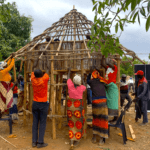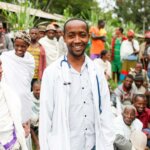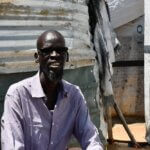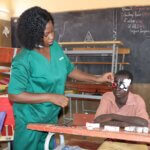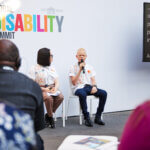- Disability Rights
- Events
- Latest
- Mandate
David Ndungu, Disability Inclusion Field Officer at Light for the World, tells us eight ways to involve people with disabilities in climate action.
The climate emergency affects us all, with extreme weather events increasingly felt around the globe. Climate change has diverse effects – increasing poverty and hunger, reducing access to water and spreading diseases, and driving displacement and armed conflict due to a lack of resources.
People with disabilities, especially women with disabilities, are disproportionately affected by the climate crisis. Yet, they are still largely left out of climate debates and action.
Here are eight ways to make sure that all voices are heard in our response to the climate emergency.
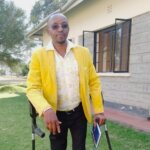
David Ndungu, disability inclusion field officer at Light for the World.
1. Include people with disabilities in decision-making and emergency planning
Studies show that respecting the rights of people with disabilities and other discriminated groups by including them in policy and decision-making processes leads to “stronger climate actions and more resilient societies”.
“Actively involve people with disabilities and OPDs in decision-making related to climate change mitigation, and adaptation. Advocate for inclusive and accessible employment opportunities in a just transition towards greener economies,” says David Ndungu, disability inclusion field officer at Light for the World.
2. Prioritise women and girls with disabilities in climate action
Women with disabilities experience greater barriers to programmes and services in emergency settings; which are set to increase as the climate crisis worsens. The disparities faced include an increased risk of sexual and gender-based violence, and inaccessible services, such as sexual and reproductive health services.
“To counteract this, accountable, inclusive and transparent services should be promoted, with safe food distribution and gender inclusive health services made accessible to all,” says David.
3. Carry out inclusive research, data collection and monitoring
Crucially, more data needs to be collected to understand the intersectional effects of the climate crisis.
Data and research are necessary to inform and guide climate policymaking worldwide, ensuring that the impacts of the climate emergency on the rights of persons with disabilities are tracked and addressed.
According to David, it is “important to encourage research initiatives to investigate local and regional understandings of disability and its intersection with climate change. Ensure there is relevant data by promoting the global monitoring of disability-inclusive policies and encouraging the collection of disaggregated data by age, gender, disability, and ethnicity”.
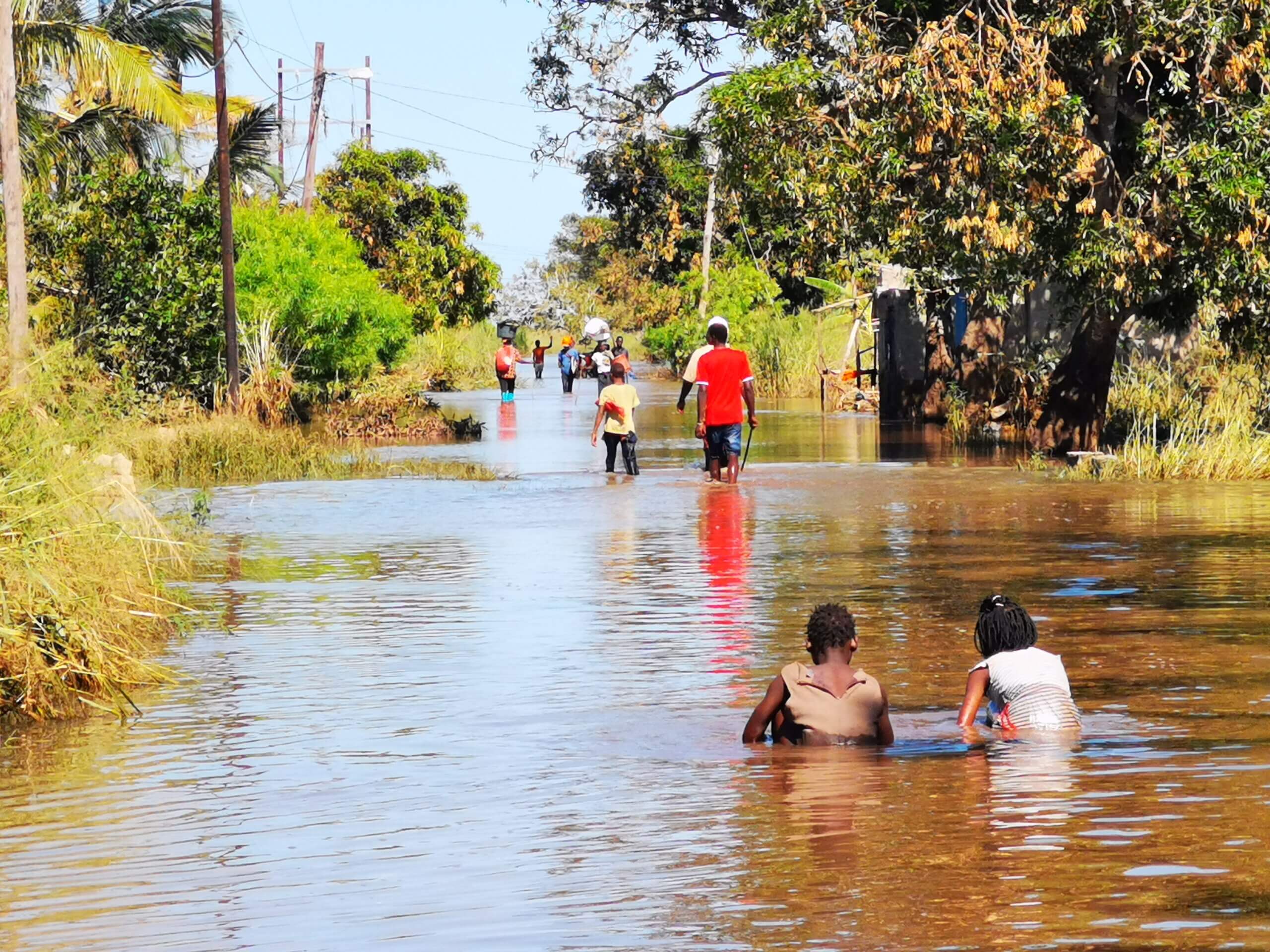
4. Make sure information is accessible, especially in emergency planning
“Emphasize the importance of making climate-related information, emergency warnings, and educational materials universally accessible. Ensure messages are available in various formats, such as Braille, sign language, audio, and easy-to-understand language to cater to diverse needs,” says David.
People with disabilities, women and older people are at greater risk of dying in extreme weather events and of experiencing gender-based violence due to insufficient protection.
“Develop and implement emergency plans that explicitly include people with disabilities. This involves good reasonable accommodation, accessible transportation, and designing shelters and services to accommodate the needs of individuals with various disabilities during and after extreme weather events.”
5. Create inclusive health, education and economic systems
“Promote inclusive health programs that address the healthcare needs of people with disabilities in the context of the climate crisis,” explains David.
“Ensure access to inclusive education that equips individuals with disabilities with skills relevant to climate-resilient jobs. Additionally, advocate for economic initiatives that include persons with disabilities, providing equal employment and entrepreneurship opportunities.
“Strengthen inclusive education and training programs for persons with disabilities, focusing on sustainable development, environmental conservation, and climate crisis adaptation to increase resilience. Encourage the knowledge and skills necessary for people with disabilities to actively participate in sustainable practices.”
6. Develop technology and new innovations
“Encourage the development and incorporation of assistive technologies and innovations that specifically address the challenges faced by people with disabilities in the context of the climate emergency. This could include technology for early warning systems, communication, and adaptive infrastructure,” says David.
The climate emergency has affected those in agricultural businesses, with severe drought up to desertification leading to low crop yields and animal production.
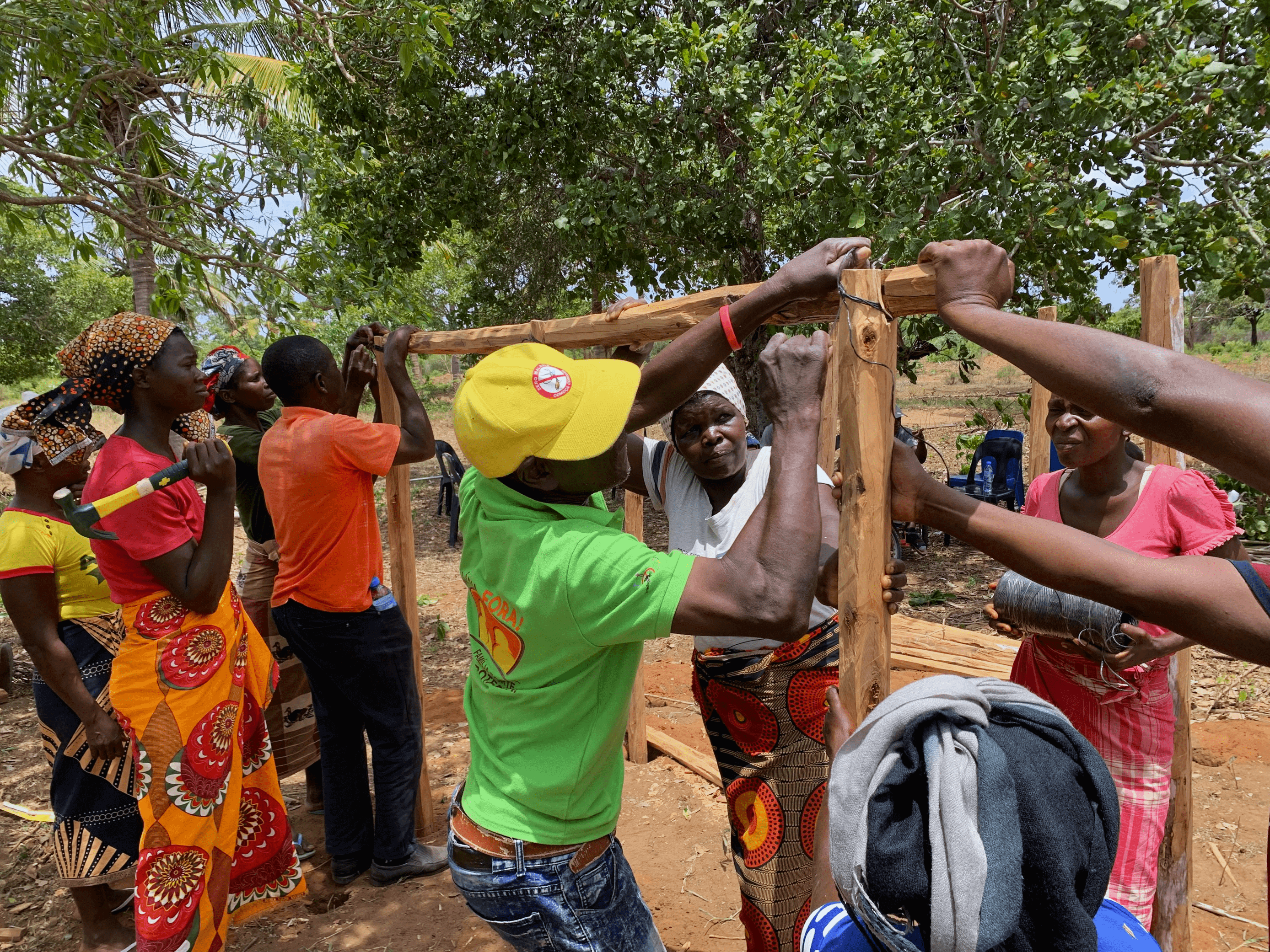
They told us that the climate crisis is bringing conditions that “no one has experienced this before”, having to adapt their crops, and practices to exist in the new conditions of heat and drought. The SPARK project is funded by International Fund for Agricultural Development and implemented alongside partners International Labour Organization and PROCASUR.
7. Establish disability-inclusive climate action funds
David emphasises the “need for disability-related climate funds on a global scale. Ensure that financial resources for climate change mitigation and adaptation are directed towards projects that specifically address the needs of people with disabilities”.
8. Advocate for universal accessibility standards
A UN report found that in 2021, approximately 13 million people who had been forced from their homes by disasters or conflict had a disability.
“Advocate for the application of universal accessibility standards globally in the reconstruction phase following extreme weather events. This includes ensuring that public buildings, spaces, water and sanitation points, and homes adhere to accessibility standards, benefiting everyone, including those with disabilities,” says David.
There is no climate solution without disability inclusion.
Want to learn more about inclusive climate action?
Check out our publication on Rights-Based Climate Action and how to include people with disabilities, as well as Light for the World’s Environment Policy.
